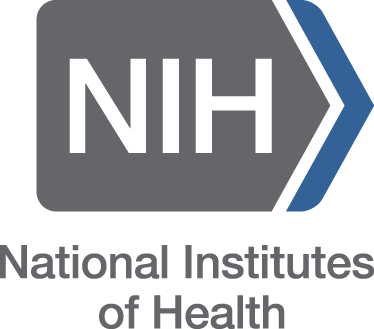IN-SILICO ANALYSIS OF CURCUMINOIDS' CYTOTOXIC ACTIVITY AGAINST CANCER CELL LINES USING CLC-PRED 2.0
DOI:
https://doi.org/10.63001/tbs.2025.v20.i02.S2.pp350-356Keywords:
Curcuminoids, In-silico screening, Cancer cell lines, CLC-Pred 2.0, Drug resistanceAbstract
Cancer remains a leading cause of mortality worldwide, with drug resistance and adverse effects posing significant therapeutic challenges. Natural compounds from medicinal plants offer promising alternatives due to their potential effectiveness and lower toxicity profiles. This study employs CLC-Pred (Cell Line Cytotoxicity Predictor) 2.0 to evaluate the cytotoxic potential of four major curcuminoids from Curcuma longa against various cancer cell lines. The computational analysis assessed probability of activity (Pa) and inactivity (Pi) for curcumin, demethoxycurcumin, bisdemethoxycurcumin, and cyclocurcumin, with integrated assessment potential (IAP) values ranging from 0.802 to 0.907. Notably, bisdemethoxycurcumin showed high predicted activity against cisplatin-resistant ovarian carcinoma (A2780cisR, Pa=0.919) and renal cell carcinoma (RCC4, Pa=0.820). Cyclocurcumin demonstrated broad-spectrum activity across multiple cancer types, including breast carcinoma (MCF7, Pa=0.742), and various cell lines representing lung, brain, and ovarian cancers. Curcumin and demethoxycurcumin also exhibited promising activity against several cancer cell lines, particularly in ovarian and renal carcinomas, with Pa values above 0.600. This computational study provides valuable insights into curcuminoids' anticancer properties and identifies promising targets for future experimental validation, particularly in drug-resistant cancers where conventional treatments often fail.






























